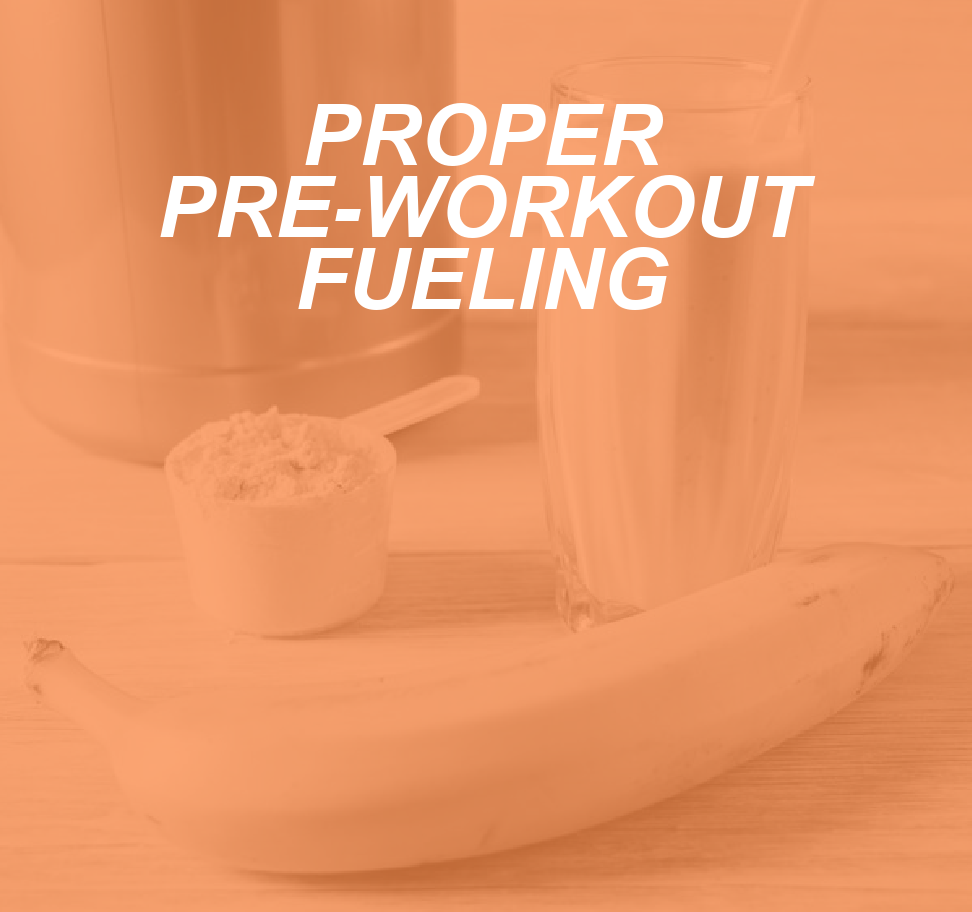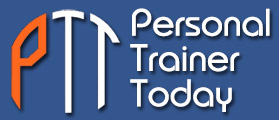
Exercise is a physical demand; it requires work and energy to complete that work. There’s this misconception that we need to “eat less” and “move more”, but progress (weight-centered progress) is not nearly that black and white. If it were, our jobs as fitness professionals would be reduced to nothing more than telling clients to do just that. Because of this misconception, it’s common for our clients to be improperly fueled for the work we ask them to do in training sessions.
This begs the question: how do we change this narrative and teach clients how to fuel their bodies to meet the demands physical work imposes? It’s a two-part answer. Clients need to first understand the signs of under-fueling (which results in underperforming). Second, clients need to be made aware of what pre-exercise nutrition looks like so that they can make the most informed decision regarding their dietary habits.
Signs of Improper Fueling
Signs of low energy availability will likely vary between clients, but the most common suspects include:
- Dizziness or light-headedness
- Physical hunger
- Headache and nausea
- Foggy brain or inability to focus/concentrate
- Early onset of physical fatigue
- Weakness
It’s important to note that poor hydration can also cause these same symptoms. Prior to your client’s workout sessions, it’s helpful to ask, “How hydrated are you? And what did your nutrition look like prior to coming to your session?”. If you consistently ask these questions, you may uncover a pattern that you can help your client overcome.
Pre-Workout Fueling Nutrition
The goal of any pre-workout meal is to maximize the available energy the body has and to ensure quality physical performance during the actual session. A high-quality carbohydrate plus protein snack prior to exercise will aid the client in performing high-intensity exercise and preserving glycogen stores.
General Guidelines
The pre-workout nutrition guidelines shift depending on when a client consumes the meal or snack. Keep this in mind when working with each client individually.
Approximately 2-3 hours (or more) prior to exercise
- This is an ideal time to have a full meal as it will have enough time to digest prior to the exercise bout. Include macro and micronutrients and a balance of carbs, fats, and protein.
- Example: Scrambled eggs (protein), whole grain toast (grain), and leafy green salad (veggies and micronutrient source)
Approximately 1 hour prior to exercise
- This timeframe is optimal for consuming a lighter meal or snack, which will provide fuel, but not be heavy on the stomach. Keep the fiber and fat low as to avoid gastrointestinal distress and combine with a lean source of protein.
- Example: Smoothie with fruit, yogurt, and milk (or milk alternative)
Within 30 minutes of exercise
- This applies to those early morning clients. Keep the meal light and easily digestible.
- Examples include puree pouches (Noka is an option) with a lean whey protein. Avoid consuming fats as they take time to digest, and 30 minutes is a small window. Consider a whey protein shake with fruit, or quick oats with low-fat Greek yogurt.
Some Client Care Tips
- Clients should avoid experimenting with pre-workout fueling on the day of a race or competition in case a meal or snack combination causes digestive concerns.
- Clients should keep a journal or log of food combos they try, the timeframe, and the results (how they felt during activity).
- Clients should be referred to a registered dietitian for nutritional analysis should their needs extend beyond the scope of a fitness professional.
Resources
Nancy Clark’s Sports Nutrition Guidebook, 5th Edition
[sc name=”nutrition” ][/sc]

